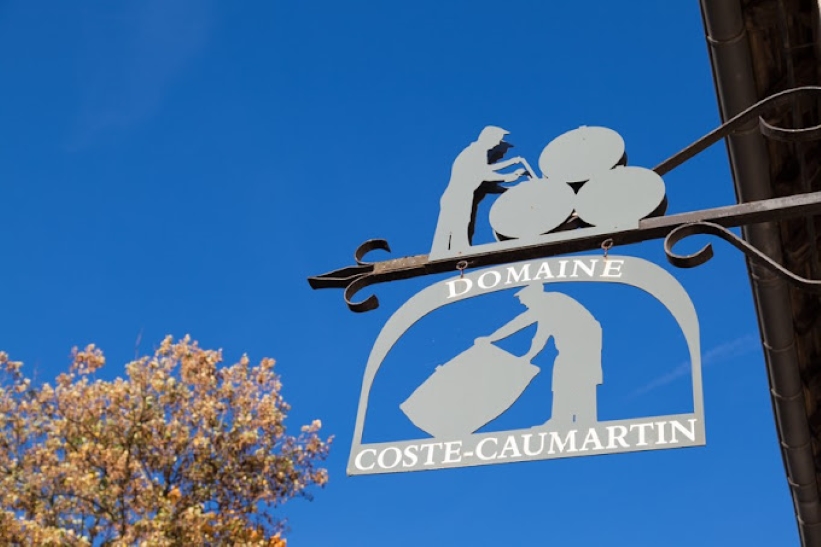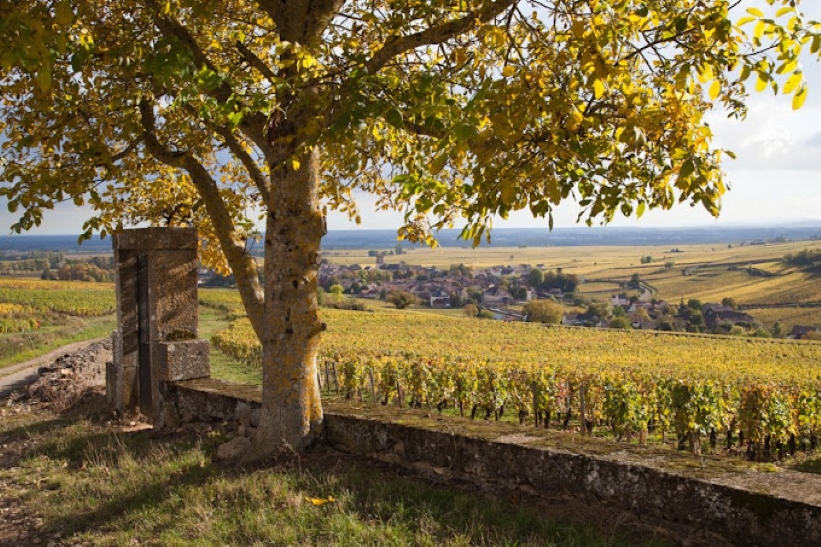
COUNTRY
France

REGION

GRAPE VARIETY
Pinot Noir

VINTAGE
2020
CASE (X6 BOTTLES)
€510,00
AVAILABLE STOCK: 45 BOTTLES
AVAILABLE STOCK: 45 BOTTLES

COUNTRY
France

REGION

GRAPE VARIETY
Pinot Noir

VINTAGE
2020
Country: France, Bourgogne, Côte de Beaune, Pommard
Age of vines: 37 years
Location: at the end of Pommard, towards Beaune. Overlooked to the West by "Le Clos des Mouches", it is surrounded to the South and East by "Les Petits Epenots".
Vinification and Ageing: The grapes are 100% destemmed followed by a pre-fermentation maceration for 3 to 6 days at 13°C. Vinified in stainless steel or concrete tanks, with punching of the cap and pumping over adjusted to daily tasting, the fermentation lasts between 2 and 3 weeks at a maximum temperature of 33/34°C. The malolactic fermentation takes place during the 12 months of ageing in oak barrels, of which 10 to 15 % in new oak barrels.
Tasting Note: The microclimate generated by the Clos confers a particular personality to this Pommard 1st Cru. In the beginning, it is round, long and silky and develops a pretty mellow. Its power expresses itself in the finale that brings a high amplitude and a remarkable length. Vintage after vintage, its personality expresses itself through the vineyard`s typicity. Its exceptional persistence of flavour, enriched by a palette of aromas, makes it a great sensual wine.
Cellaring: A minimum of 6 years of ageing in the bottle is recommended, given that the apogee of this wine is usually between 8 and 12 years, or even more in certain years.
Food Pairing: Grilled beef ribs accompanied by a pepper sauce. Lamb or poultry stew, venison "Grand Veneur", mountain charcuterie, game animals, braised or roasted. Cheeses such as Epoisses, Cîteaux, Langres, Soumaintrain, Amour-de-Nuits, Livarot, Pont-l’Evêque. Without forgetting the desserts made with dark chocolate.
Serving temperature: It is recommended to open the bottle 2 to 4 hours before the meal and to serve the wine at a temperature of 15-17°C
The history of the Domaine dates back to the time of the Great Dukes of Burgundy. (1000-1400) The place represented a whole neighbourhood of Pommard. The origin of the current buildings dates back to 1610 up to 1641 the date of the well of the family. In 1793 the Domaine entered in Coste-Caumartin family thanks to the wedding of Antoine Coste. The family was reputed for its activity as ironmasters. Since then, the Domaine was already highly award-winning, including the gold medal at the Paris world-Wide Fair in 1900. The Domaine was managed by the women of the family, the Coste, Debrois, Chenot and then the Sordet families succeeding one another till now. The Sordet family is the last family who took over the Domaine. Jerome Sordet runs the vineyards from 1988 and quickly diversify and extends the vineyards from 9 to 12 hectares. In the period 1988 - 1995 acquires two more appellations Saint Romaine and Beaune 1er Cru and builds a cellar and vat room 400m² to improve, modernize and increase production. From 2014 at the Domaine has settled Benoit Sordet, who managed to improve quite the operation of the Domaine. Domaine produces 65.000 bottles per year, 25% white and 75% red wine.
Case Bottles: 6

SHIPPING FEES
For orders €100,00 and
above we deliver free to
your place
For orders below €100,00 delivery
charge €10,00 within city limits.
Country: France, Bourgogne, Côte de Beaune, Pommard
Age of vines: 37 years
Location: at the end of Pommard, towards Beaune. Overlooked to the West by "Le Clos des Mouches", it is surrounded to the South and East by "Les Petits Epenots".
Vinification and Ageing: The grapes are 100% destemmed followed by a pre-fermentation maceration for 3 to 6 days at 13°C. Vinified in stainless steel or concrete tanks, with punching of the cap and pumping over adjusted to daily tasting, the fermentation lasts between 2 and 3 weeks at a maximum temperature of 33/34°C. The malolactic fermentation takes place during the 12 months of ageing in oak barrels, of which 10 to 15 % in new oak barrels.
Tasting Note: The microclimate generated by the Clos confers a particular personality to this Pommard 1st Cru. In the beginning, it is round, long and silky and develops a pretty mellow. Its power expresses itself in the finale that brings a high amplitude and a remarkable length. Vintage after vintage, its personality expresses itself through the vineyard`s typicity. Its exceptional persistence of flavour, enriched by a palette of aromas, makes it a great sensual wine.
Cellaring: A minimum of 6 years of ageing in the bottle is recommended, given that the apogee of this wine is usually between 8 and 12 years, or even more in certain years.
Food Pairing: Grilled beef ribs accompanied by a pepper sauce. Lamb or poultry stew, venison "Grand Veneur", mountain charcuterie, game animals, braised or roasted. Cheeses such as Epoisses, Cîteaux, Langres, Soumaintrain, Amour-de-Nuits, Livarot, Pont-l’Evêque. Without forgetting the desserts made with dark chocolate.
Serving temperature: It is recommended to open the bottle 2 to 4 hours before the meal and to serve the wine at a temperature of 15-17°C
The history of the Domaine dates back to the time of the Great Dukes of Burgundy. (1000-1400) The place represented a whole neighbourhood of Pommard. The origin of the current buildings dates back to 1610 up to 1641 the date of the well of the family. In 1793 the Domaine entered in Coste-Caumartin family thanks to the wedding of Antoine Coste. The family was reputed for its activity as ironmasters. Since then, the Domaine was already highly award-winning, including the gold medal at the Paris world-Wide Fair in 1900. The Domaine was managed by the women of the family, the Coste, Debrois, Chenot and then the Sordet families succeeding one another till now. The Sordet family is the last family who took over the Domaine. Jerome Sordet runs the vineyards from 1988 and quickly diversify and extends the vineyards from 9 to 12 hectares. In the period 1988 - 1995 acquires two more appellations Saint Romaine and Beaune 1er Cru and builds a cellar and vat room 400m² to improve, modernize and increase production. From 2014 at the Domaine has settled Benoit Sordet, who managed to improve quite the operation of the Domaine. Domaine produces 65.000 bottles per year, 25% white and 75% red wine.
Case Bottles: 6

SHIPPING FEES
For orders €100,00 and
above we deliver free to
your place
For orders below €100,00 delivery
charge €10,00 within city limits.






























